Construction has topped out on 43-30 24th Street, a 66-story residential skyscraper in Long Island City, Queens. Designed by Hill West Architects and developed and built by Carmel Partners, the 731-foot-tall tower will yield 921 units spread across 838,000 square feet and 17,400 square feet of ground-floor retail space. The property is bound by 43rd Avenue to the north, 44th Road to the south, 24th Street to the east, and 23rd Street to the west.
A significant amount of progress has occurred since our last update in October, when the reinforced concrete superstructure had risen to around the halfway mark and the reflective glass curtain wall was just beginning to enclose the lower levels. Recent photos show the skyscraper built to its pinnacle and clad almost fully in its envelope of glass and dark metal paneling. All that remains to be finished are the crown and the gaps where the construction hoist and tower crane remain anchored to the eastern elevation.
The most distinctive design element are the stacks of triangular balconies positioned along the wide eastern and western faces.
43-30 24th Street and its tower crane are clearly distinguishable on the Long Island City skyline, along with the borough’s tallest building, the Orchard, which also recently topped out.
Residential amenities at 43-30 24th Street include a 39-vehicle garage and 280 bike storage spaces in the cellar level, public parking for up to 170 vehicles on the ground floor, a fitness center, recreation rooms, an outdoor terrace on the second floor, and a swimming pool on the third floor. Apartments are expected to begin on level four with up to 16 units per floor.
The developer purchased the 79,250-square-foot full-block parcel from Stawski Partners for $200 million in March 2022 and later secured a $364 million construction loan from Wells Fargo to complete the project. The nearest subways from the property are the G and 7 trains at the Court Square station and the E and F trains at the Court Square-23rd Street station.
43-30 24th Street’s anticipated completion date is slated for September 2026, as noted on site.
Subscribe to YIMBY’s daily e-mail
Follow YIMBYgram for real-time photo updates
Like YIMBY on Facebook
Follow YIMBY’s Twitter for the latest in YIMBYnews



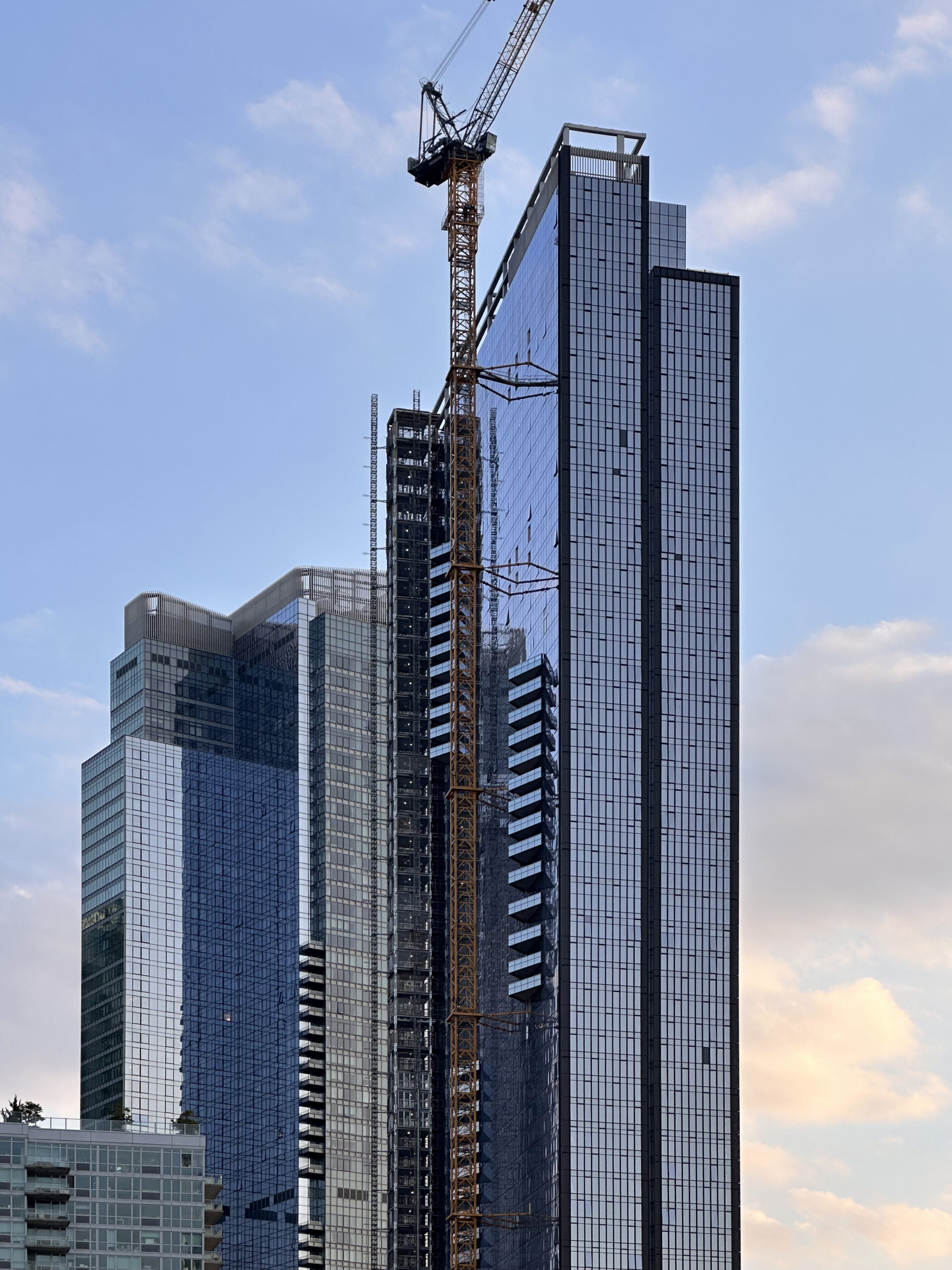
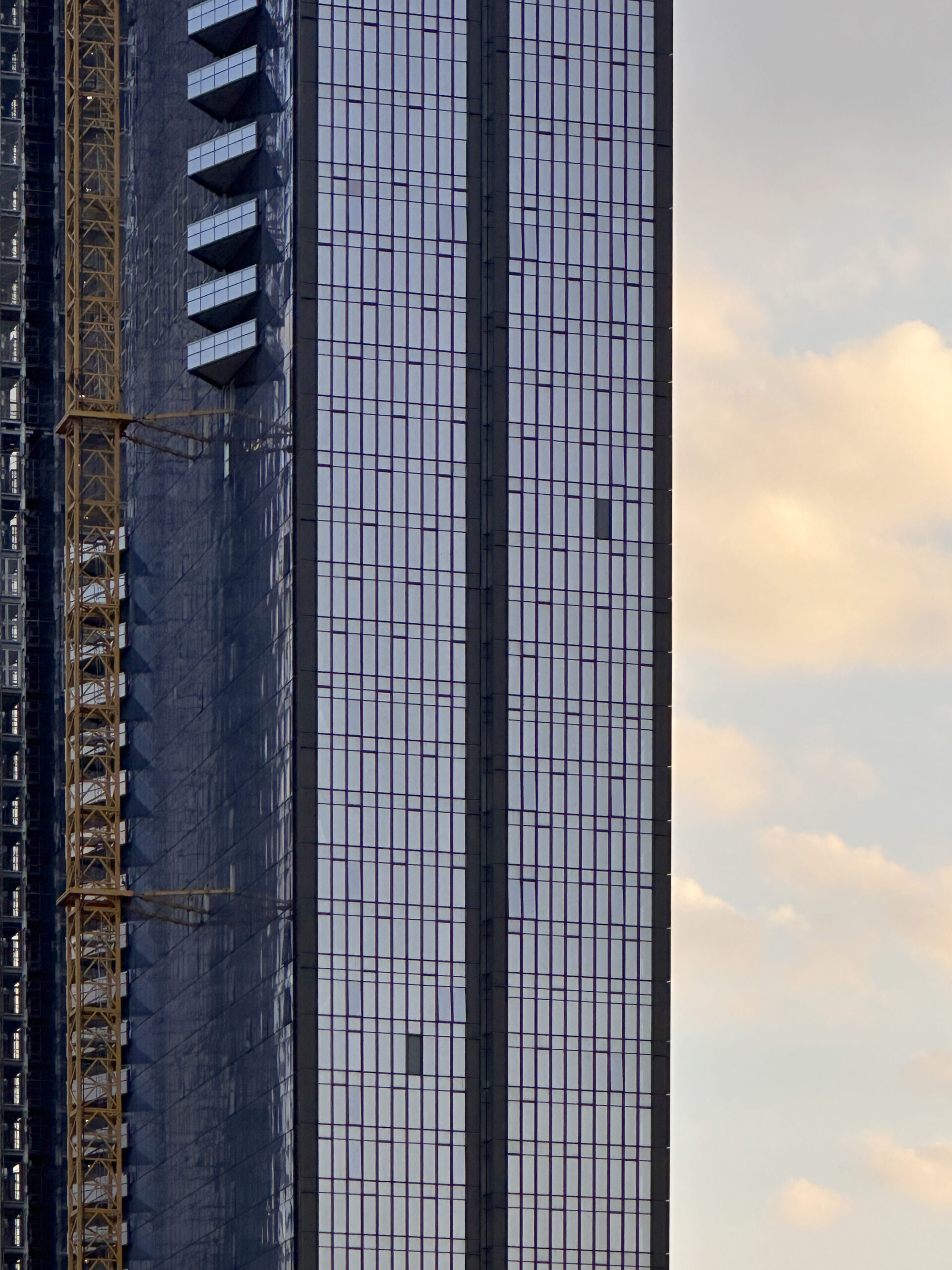

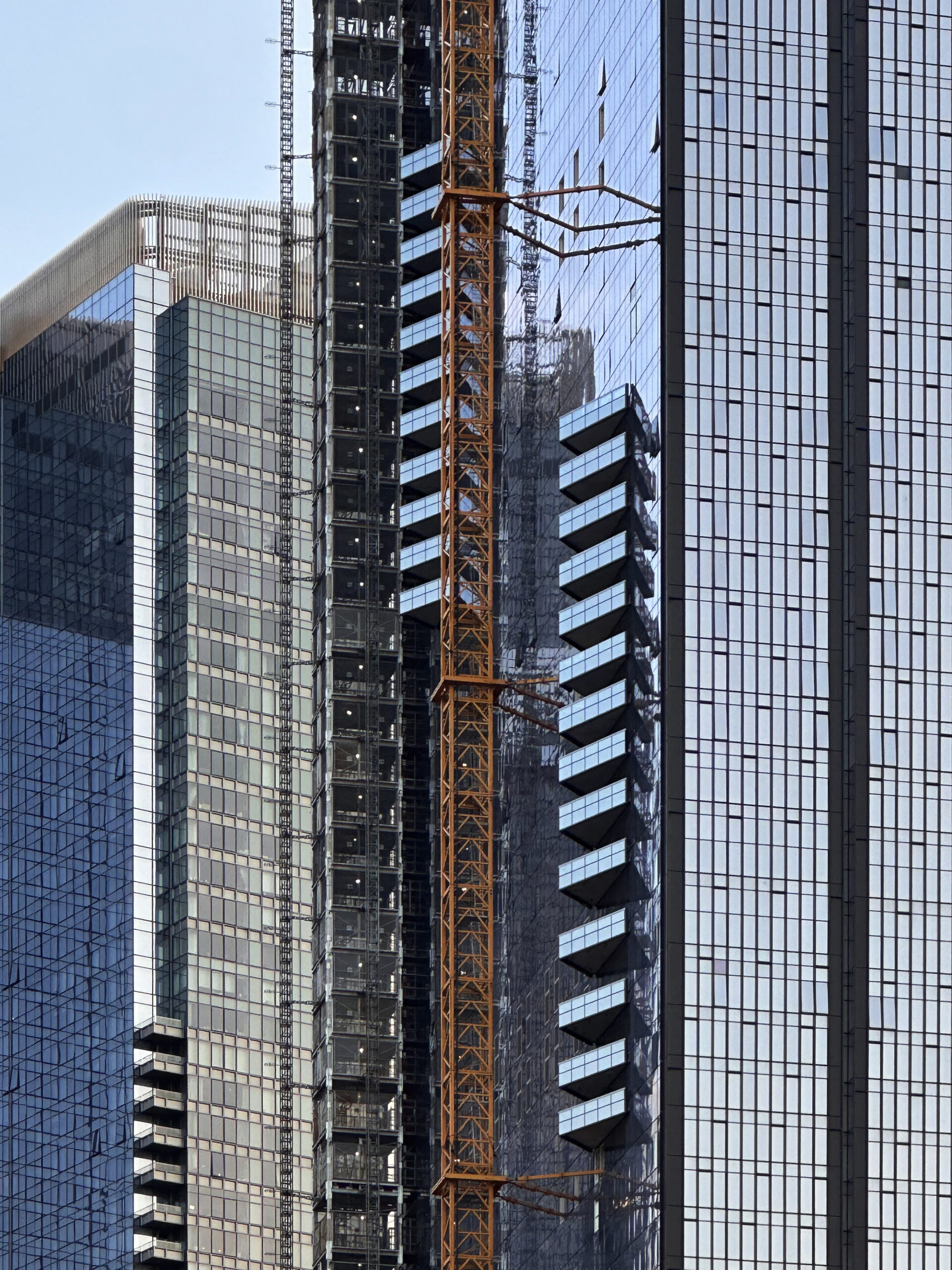
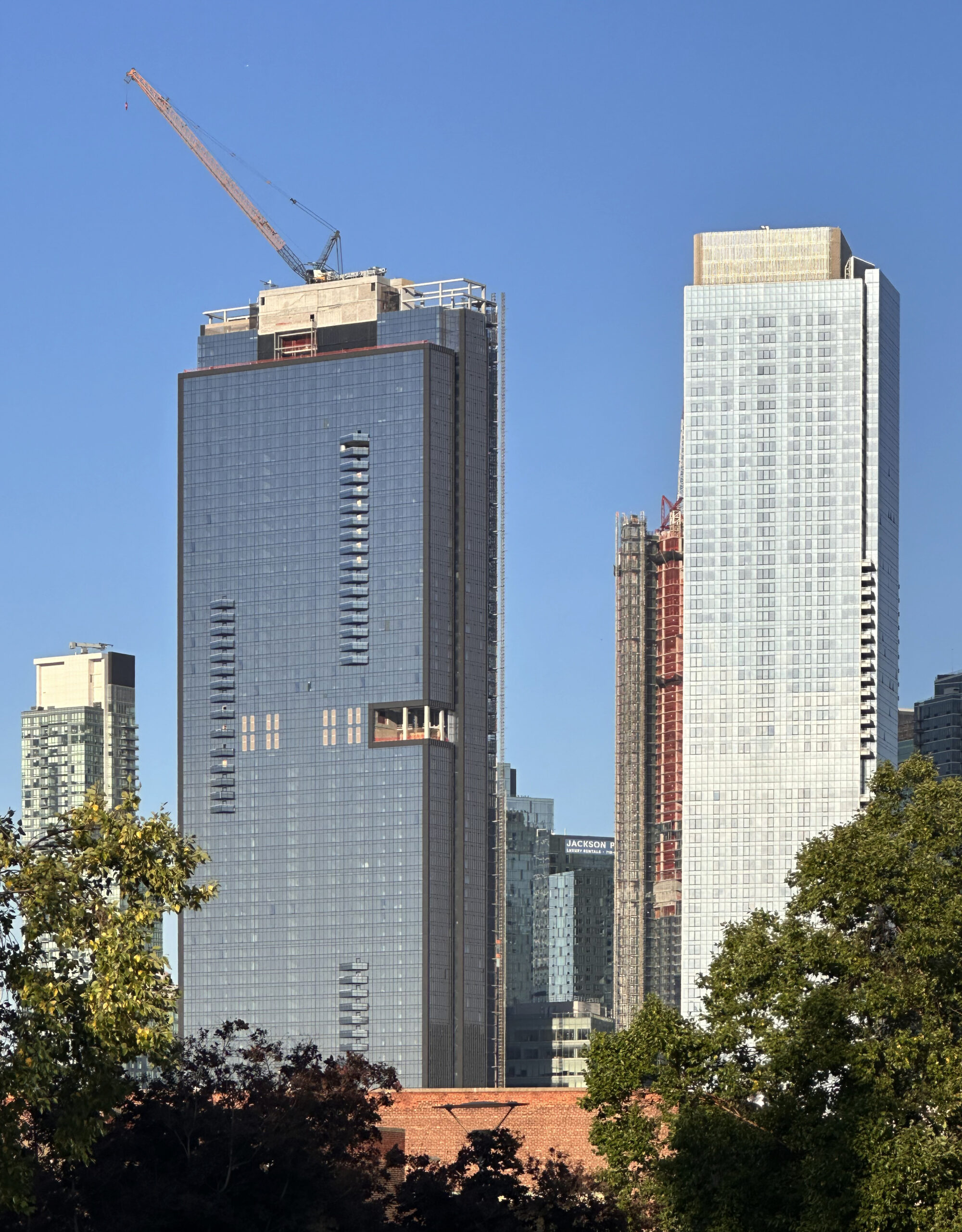
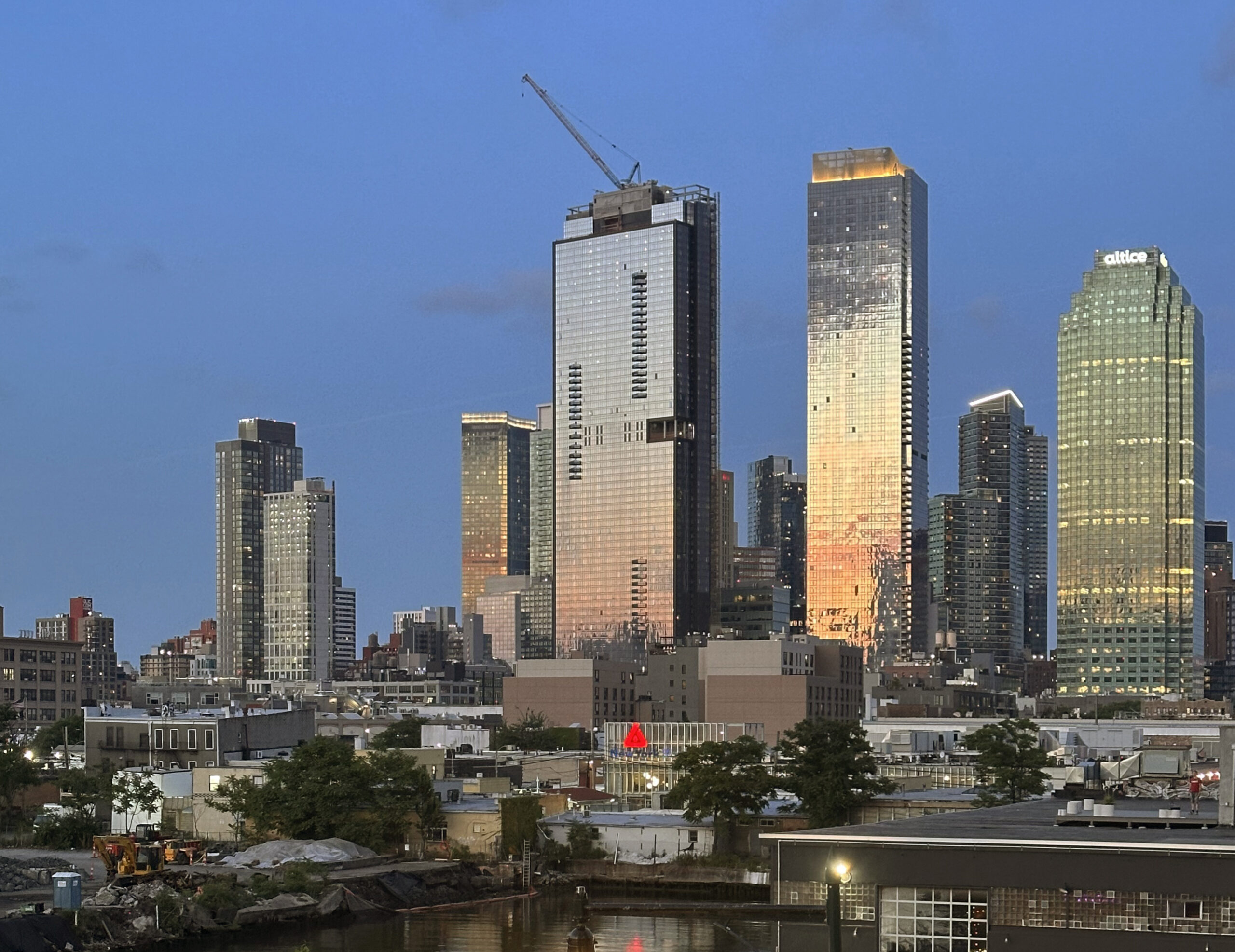
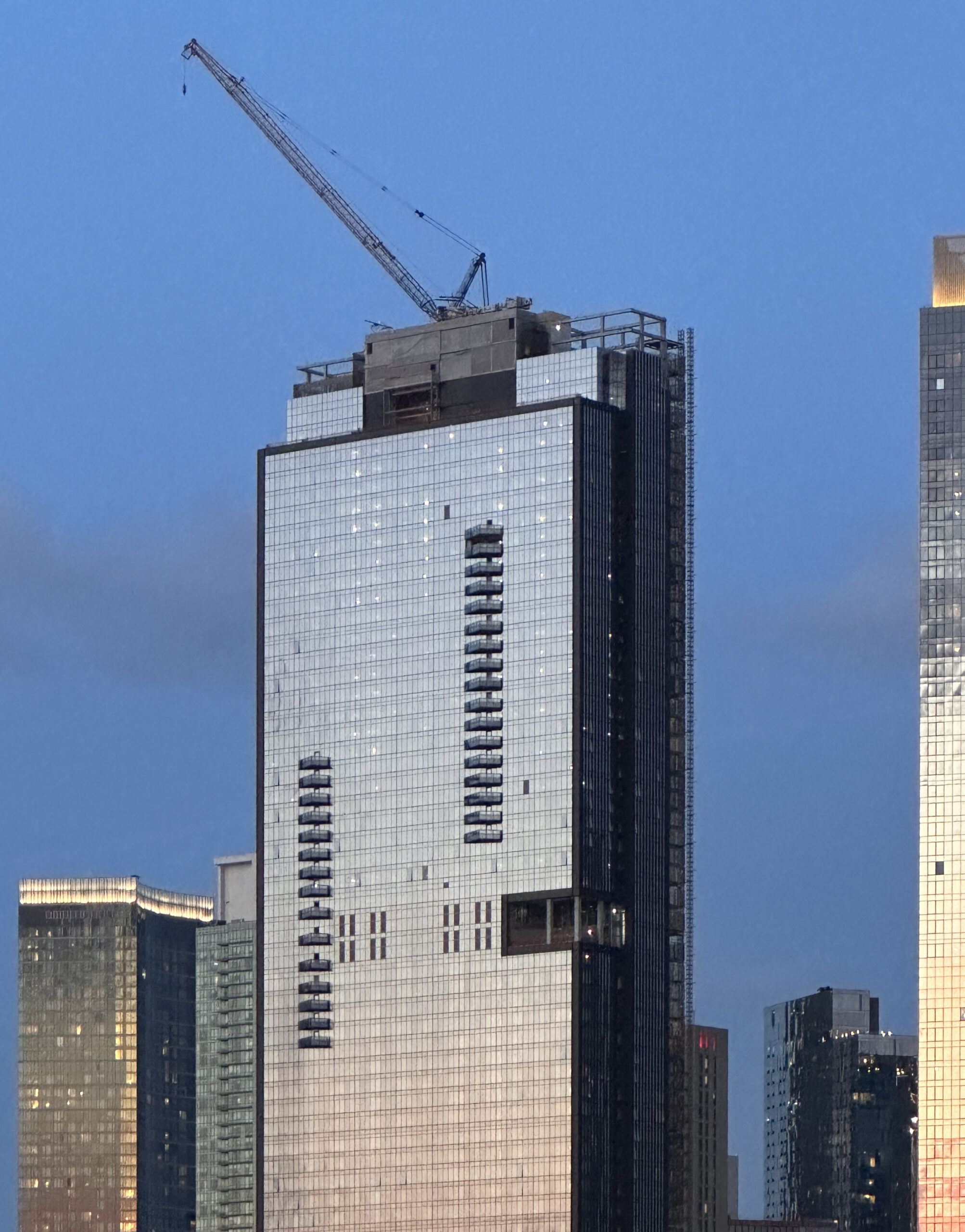
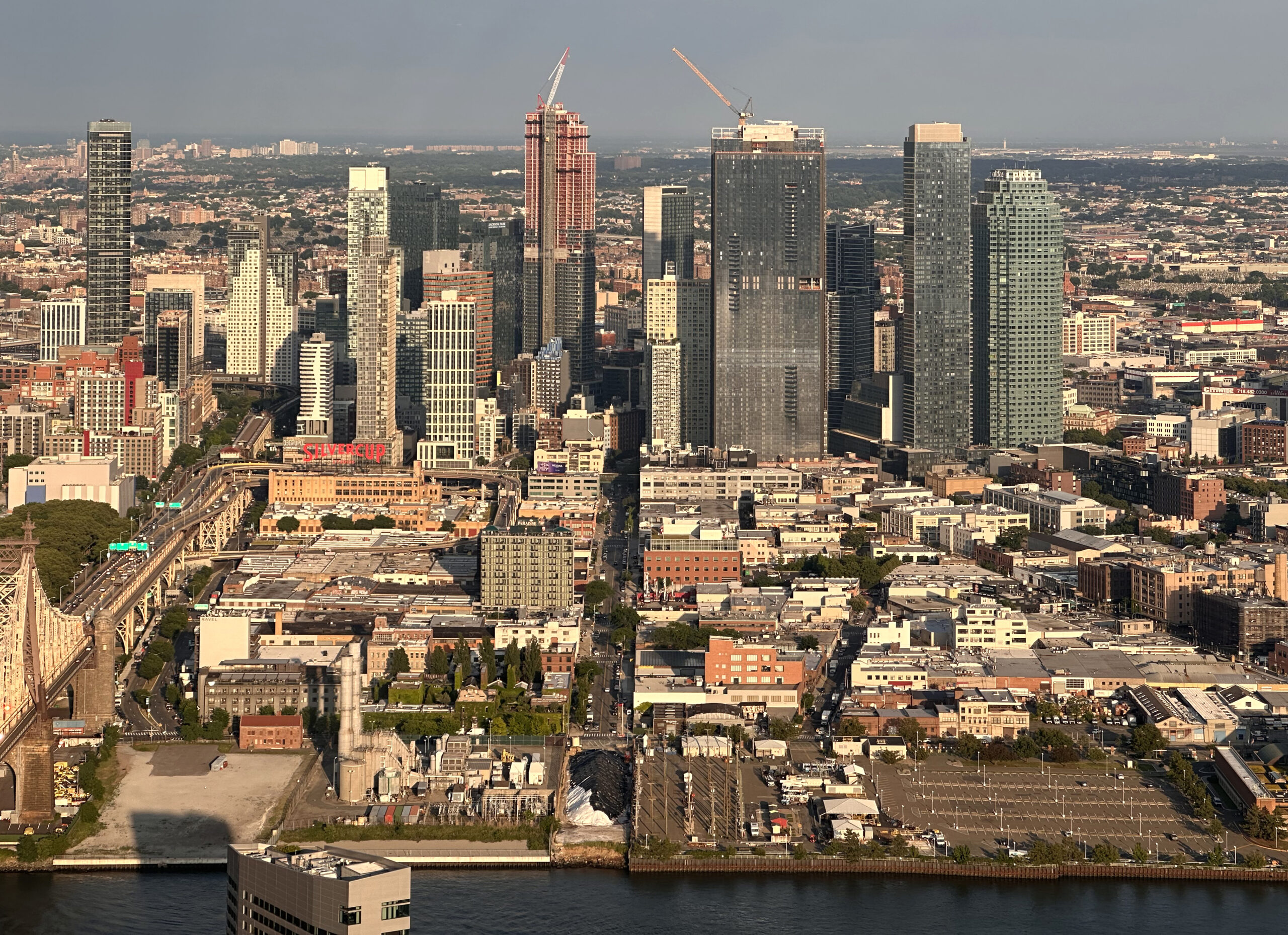
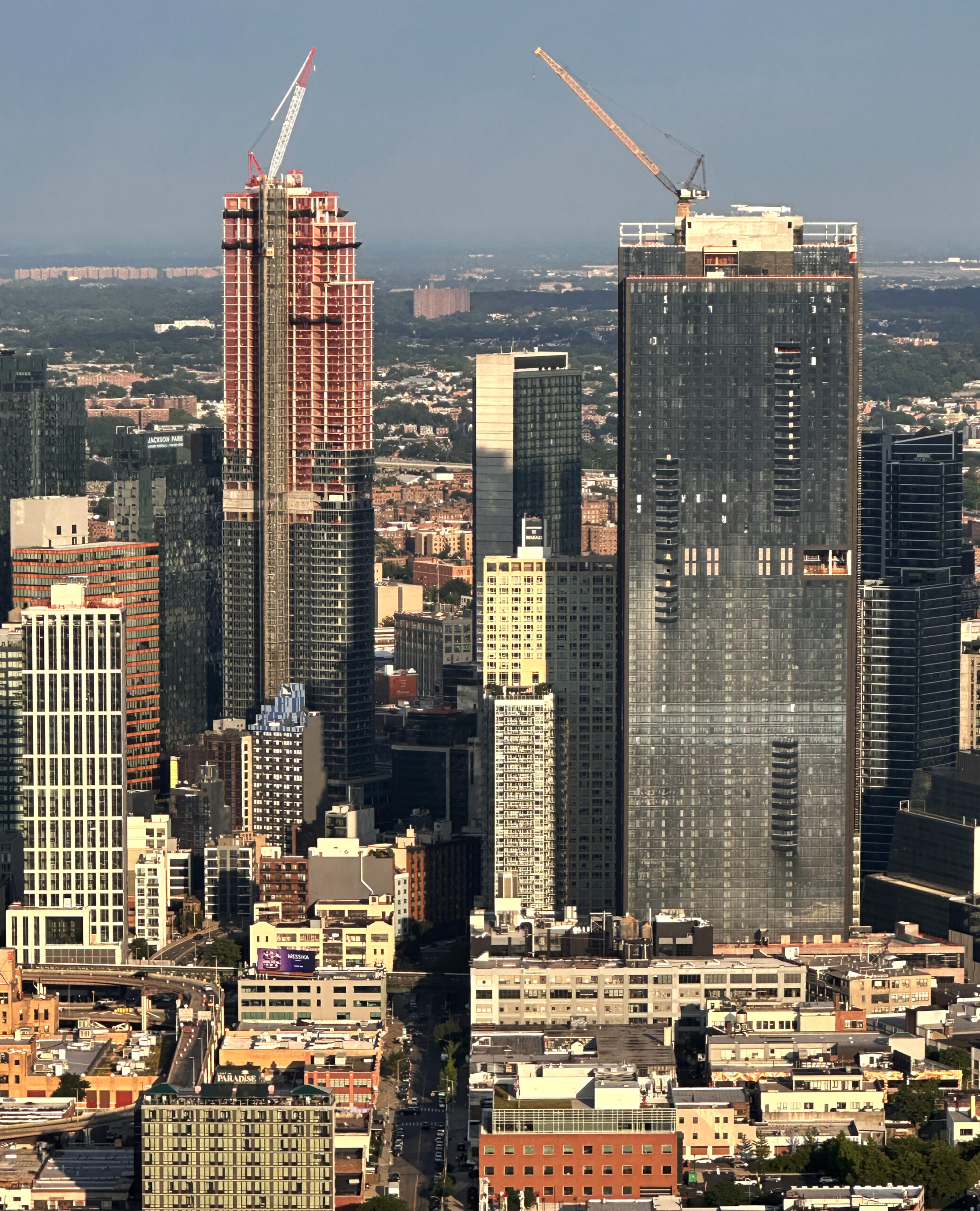




nice, but why can’t they have normal street addresses in Queens?!?
Full copy and paste from the excellent Steve Morse dot org:
Organization of Queens NY Streets by Ron Miller
Introduction
Queens started as a series of small communities that grew together as a county. Eventually this area became one of the boroughs of the City of New York and remains as a county of New York State. Many of these small communities had their own street names for a thoroughfare that actually would traverse several urban areas. Thus a street could change its name every few blocks. Most of these early street names were alphabetical in nature. Because of the problems with this system in a rapidly growing area, a massive renaming and renumbering project occurred within the borough of Queens in the 1910s and 1920s, replacing the old alphabetical street names with a grid of numerical streets and avenues. One still sees some of these old names even though they no longer are official (for example, Bliss). This essay discusses the logic of this grid system, and how to interpret a Queens address.
Format
In order to avoid confusion, we will use the word “street” with a small s to denote any roadway. With a capital S it denotes those roadways whose names end in “Street”, such as 141st Street.
Approximately 80% of the entire borough of Queens has an underlying grid used to identify and locate an area of interest. Streets typically run north-south beginning at the western border of the borough. Avenues run east-west beginning at the northern border. Therefore, the theoretical intersection of 1st Street and 1st Avenue is at the extreme northwestern part of Queens.
The Streets are laid out in an approximately linear fashion. They begin at 1st Street and increase numerically towards the eastern border. They currently go as high as 271st Street. When the blocks are small or are added after the initial layout and assignment, additional names appear. After Street would come Place followed, if required, by Lane. This is why only some numbers have the additional designation of Place or Lane. For example, if two streets were to be added between 21st Street and 22nd Street, the order would become 21st Street, 21st Place, 21st Lane and then 22nd Street.
Similarly, the Avenues go to the southern border and go as high as 167th Avenue. When the blocks are small or are added after the initial layout and assignment, additional names appear. These are assigned, in order, Road, Drive, then Terrace. This is why only some numbers have the additional designations of Road, Drive or Terrace. As an example, if three streets were to be added between 21st Avenue and 22nd Avenue, the sequence would become 21st Avenue, 21st Road, 21st Drive, 21st Terrace, and then 22nd Avenue.
Boulevards are usually major thoroughfares traversing many Streets and Avenues. They don’t follow specific rules of direction and may even make right angle turns. This can cause some people to live at the corner of Francis Lewis Boulevard and Francis Lewis Boulevard. Addresses are assigned on Boulevards based on the major direction.
All addresses are written with three fields. The first field is a numeric field indicating the lower-numbered cross street. This is followed by a hyphen and then a numeric field indicating the house number. The third field is the street name and is usually (but not always) numeric. Sometimes the hyphen is dropped when the cross-street field is just two digits, but this is usually done only by businesses. In all cases the hyphen is assumed to be in the address, and is the format preferred by the US Postal Service.
Cross Street Field: This field denotes the lower-numbered cross street. For a Street, the cross street must be an Avenue so the highest value for this field would be 167. For an Avenue, the cross street must be a Street so the highest value for this field would be 271.
House Number Field: This field is assigned to locate a building on a block. Each time a Street or an Avenue is crossed, the house number goes back to “01”. The leading zero is always put in. The odd numbers are on one side, the even ones on the other.
If a block has twenty houses (ten on each side) close together, then addresses on one side of a block might begin 231-01, 231-03, 231-05 and end with 231-19. Across the street houses would be numbered 231-02, 231-04, ending with 231-20. On the next block (crossing over 232nd Street) the houses might begin with 232-01 across from 232-02. If there was an intervening street before 232nd Street such as 231st Place, the first two corner houses on the next block would be 231-21 and 231-23 with 231-22 and 231-24 across the street. The house number would continue to increase until you crossed 232nd Street, at which point the next two corner houses would be 232-01 and 232-02.
Usually the odd numbers are on the west side of Streets and the north side of Avenues. The numbers increase as you go southward along a Street and eastward along an Avenue.
In a few cases, the house number can go to three digits. This occurs less than five percent of the time.
Street Name Field: This field can be either a number or a name. Names are assigned for many reasons. Except for the named Boulevards which are usually the major arteries, you cannot tell exactly where an address is located on a street with a name. An address such as 257-05 Kraft Avenue would be in eastern Queens due to the 257 obviously being a Street (both because it is crossing an Avenue and because it is bigger than 167). If this address was around the corner from 147-25 258th Street then, we would know from the 147 that both were in the extreme southeastern corner of the county.
Buildings located adjacent to Parkways and Expressways follow the same rules. This is a typical address:
McDonald’s Restaurant, 221-28 Horace Harding Expressway, Oakland Gardens, NY 11364
Examples
Some illustrative examples (plausible, but not necessarily actual, addresses):
a. 21-23 15th Avenue
The house is on 15th Avenue between 21st Street and 22nd Street in North West Queens and its number is 23.
b. 15-23 156th Street
The house is on 156th Street between 15th and 16th Avenue in North Central Queens and its number is also 23.
c. 15-25 156th Street
The next house south of example b. Note the house number gets higher in the same direction as the street numbers get higher.
d. 16-23 156th Street
Located a block south of example b.
e. 156-23 15th Avenue
Located around the corner from example b
f. 156-23 15th Road
Located a block south of example e. Note that examples b,d,e, and f are all within one block of each other.
g. 15-23 156th Avenue
Located miles away from example b in South West Queens.
h. 255-25 13th Street
This is a mistake – Avenues don’t go up to 255th Av; possibly try 13th Avenue
i. 164-08 Jamaica Avenue
This is house number 08 on Jamaica Avenue located where it crosses 164th Street. We know this because Jamaica Avenue wouldn’t cross another Avenue (164th) therefore it crosses 164th Street.
These guidelines are accurate 95 percent of the time
Queens has the best street address system with the number of the cross street followed by the house number on the block. Compare this to Manhattan where house numbers on different avenues can be at different “latitudes.”
It;s too bad that this building is not directly on the LIC waterfront, providing a graceful echo of the shape & form of the United Nation building on the other side of the East River …a waterfront that has some of most spectacular & beautiful up-close views of the city
If there is no tower crane, there wouldn’t be beautiful skyscrapers like this to keep seeing: Thanks to Michael Young.
What a charming people-friendly neighborhood LIC is turning out to be.
The only reason I would consider living there is because it’s so close to Manhattan.
Let’s see..
921 units…
Approx 1,500? tenants!
And one swimming pool!
All it would take would be a little rezoning of the waterfront blocks to spoil these “Oh say can you see” buildings.
Love the profile of the building and the piping ( ) on the edges. But I’ve stood in front of this building and the flat face is really dominating and imposing. Wish they’d reduced the mass somehow.
) on the edges. But I’ve stood in front of this building and the flat face is really dominating and imposing. Wish they’d reduced the mass somehow.